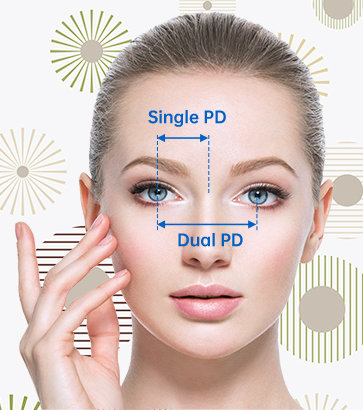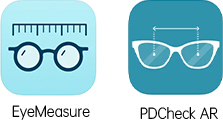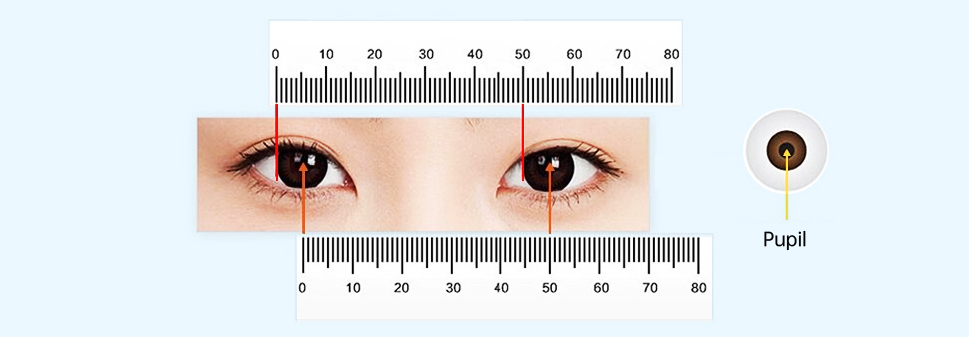Tips & guide:
How To Measure Pupillary Distance(PD) at Home?
Reviewed by : Myglassesmart on Jul 27th,2024
Unfortunately, some prescriptions do not contain PD data. But if you want to buy prescription glasses online, you need to provide us with it. Don't be discouraged, it would be easy to measure by yourself at home. All you need is a mirror, a mobile phone, or a reliable, loyal friend.
What is Pupillary Distance (PD)?
Pupillary Distance (PD) is the distance, in millimeters, between the centers of your pupils.This measurement is important when getting prescription eyeglasses, as it ensures that the optical center of the lens aligns properly with your eyes for optimal vision correction. It can also be important for fitting contact lenses or other corrective lenses. Depending on where you go to get your PD measured, it may be taken using a pupillometer or measured manually with a ruler or other measuring tool.


What’s The Difference between Single PD and Dual PD?
Single PD and Dual PD refer to two different methods of measuring pupillary distance (PD).
Single PD is the measurement of the distance between the center of one pupil to the bridge of your nose. It is sometimes also referred to as monocular PD or simply PD. Single PD is often used for monovision corrections or for those with a significant difference in prescription between their two eyes. Dual PD is the measurement of the distance between the center of each pupil to the bridge of your nose. It is also called binocular PD. Dual PD is the most common method of obtaining pupillary distance measurements and is used for standard prescription eyeglasses. Both Single PD and Dual PD are important measurements needed for creating accurate eyeglasses.
What's The Range of Female & Male Pupillary Distance?
The ranges for pupillary distance (PD) can vary between individuals and can depend on factors such as age, ethnicity, and facial structure. However, on average, the range for PD measurement is generally between 54mm and 74mm for adults.
There is no significant difference in average PD between males and females, although some studies have suggested that males may have slightly larger PD on average. However, this difference if any, is not significant enough to warrant separate PD ranges for males and females.
How To Measure Pupillary Distance(PD) at Home?
No.1 Use these app to measure
Like EyeMeasure, PDCheck AR,.... You can find them in the Apple store, but some old iPhones, like iPhone 7, don't support these apps. To make sure the number is accurate. You'd better try several times or use different apps. Finally, choose the average answer.

No.2 Measure yourself with the paper ruler
Step 1. Print the paper PD Ruler.
Step 2. Place the ruler directly over the center of your right pupil so that the ruler is horizontal. Place against forehead for added stability. Stand in front of a mirror, or ask someone else to measure for you.
Step 3. While looking straight ahead, measure the distance from the center of your right pupil to the center of your left pupil.
Step 4. Repeat a couple of times for an accurate PD and use the average pupill distance for your final measurement.

If it is convenient, the best way is still to contact your doctor for PD measurements. If you have any questions, please feel free to ask us. We promise we will do our best to figure it out.















